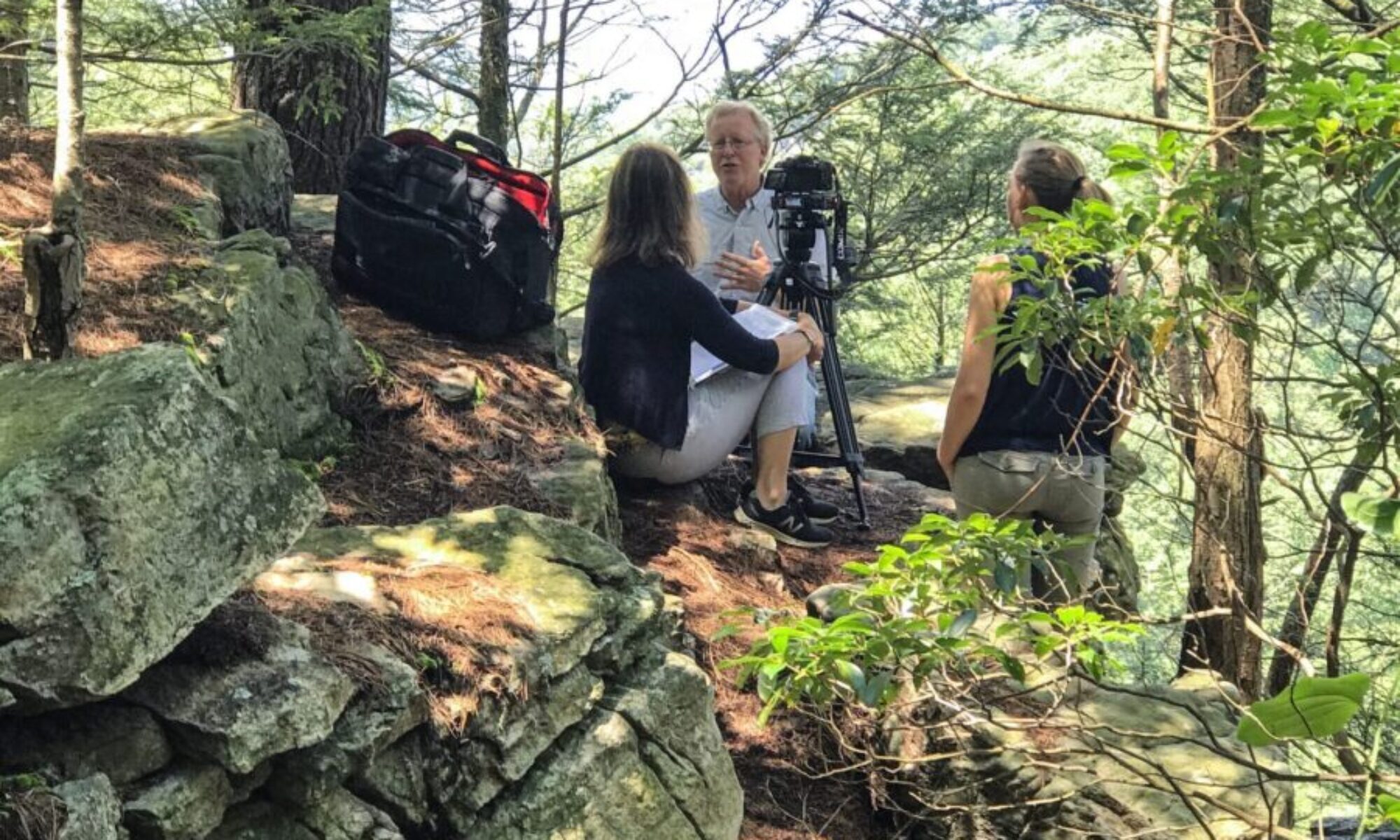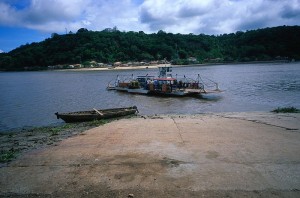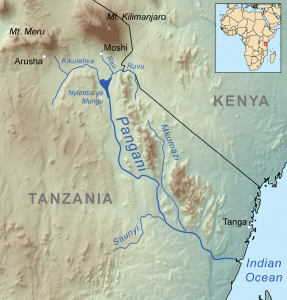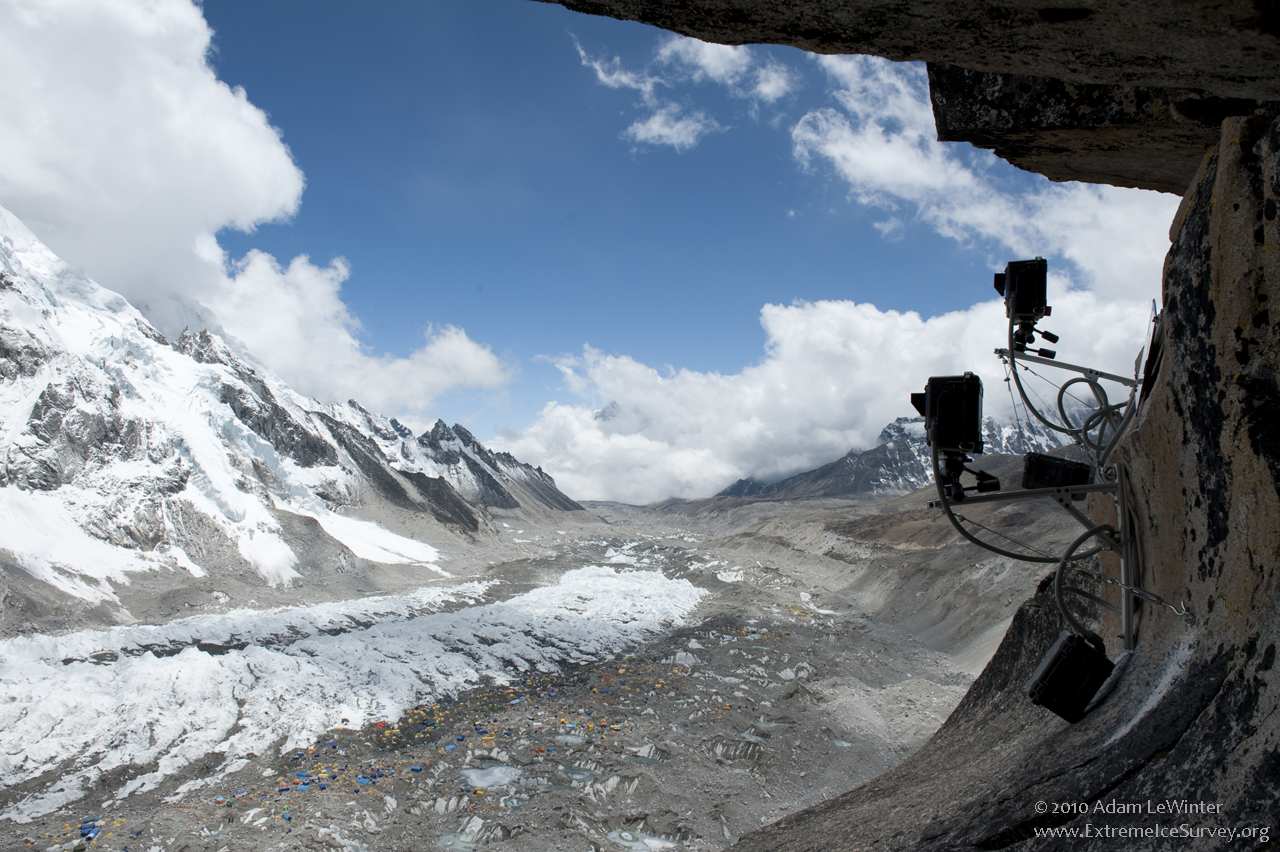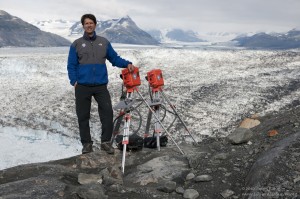Oil might hog the headlines, but many experts believe water is the commodity that’s particularly bad for consumer goods groups.
When brewing giant SABMiller tentatively released its “blue sky” plans in 2010 for a floating brewery that could be towed from port to port depending on where water was most plentiful, the business press immediately leaped on the idea of a “beer ship.” Many dismissed it as fanciful, or a publicity stunt. But what SABMiller and other multinationals have realized is that water scarcity is becoming business critical. Restricted access to water, or higher costs to use it, is every bit as vital to their future planning as the better-known issues surrounding oil.
The Water Resources Group, an industry body, says water supply will fall by 40 percent globally before 2030. Even allowing for a margin of error, that has profound implications. The drinks industry is a visible and intensive user of water, but others are equally at risk — food and consumer goods manufacturers are also heavy water users, and any industry which relies on silicon chips or paper-based products will face a similar chain reaction. Little wonder Nestle chairman Peter Brabeck-Letmathe has mate water the company’s sustainability priority and said in 2008: “I am convinced that if we carry on as we are, we will run out of water before we run out of oil.”
“We all know water is both abundant and scarce. It covers about 75 percent of the earth’s surface, both in liquid and frozen form, but only around three percent of this water is fresh and able to be used,” says Jo Beatty, a Director in KPMG’s Climate Change and Sustainaiblity practice in the US. Growing populations, rapid industrialization and climate change form a triumvirate of pressures on water’s future.
Water is a global concern, yet its impacts are local. Beatty lists them as: physical risks, such as reduced water availability and quality; regulatory risks from increased standards and licensing requirements for water abstraction, qualilty, reuse and recycling, and waste water discharge; and reputational risks, including opposition to local water withdrawals and discharges.

“One reason that the issue of water goes unexamined by many leadership teams is that water is low cost. But while it may be cheap, that in itself represents a risk,” said Dr. Nick Wood, associate director with KPMG’s Climate Change and Sustainability practice in Australia. “When we do our water strategy work we turn this around. Where water supplies are at risk, we examine costs associated with alternative sources of water.”
Wood said companies are beginning to understand that the water value supply chain is full of blind spots and market failures. “Water has not been subject to strategic thinking by users or transparent economic planning by governments. The result? It may be cheap, but it can run out. Its price is not its value.”
No single business sector is exempt from the risk of water scarcity. Neither is any region. While many countries in the Middle East have spent heavily on desalination, the World Wildlife Fund (WWF) says the situation is “critical” in India, Australia and South Africa.
Barton Alexander, Chief Corporate Responsibility Officer at Molson Coors, says water issues affect his business across the world. And the amount of water used is only part of the equation. He points to his cotton shirt as an example. “How much water is in this? Do you care where it came from? Was the cotton grown in an area where the water came from natural rainfall, or was it grown where the water was pulled out of the ground for irrigation in an area where then people have less access to water?”

While Alexander says Molson Coors always strives for increased water efficiency, other factors make sustainability decisions complex. A facility in Canada recently changed the way it washes returnable bottles. The company found it was more energy efficient to use cold water in the new process, but this also meant more water was used. “We had to think about which was more important: energy savings or water use. There was adequate supply so we went with the cold water process and reduced our carbon footprint,” Alexander said.
A strategic focus is the best way to tackle the issue, says Wood. “Many companies tell us that they use four liters of water to make one liter of drink, But they can’t say whether the fruit providers, dairy farmers, or hop growers will be able to provide them with raw materials or even be in business next year,” said Wood.
Wood recommends conducting a water risk management right across the supply chain, factoring it into risk management and continuity planning. The results can be illuminating — and alarming. The Water Footprint Network estimates that the full life cycle of a glass of apple juice includes 190 liters of water, while a T-shirt uses 2,700 liters. Such estimates are open to question, but there is little doubt that intensive production processes, including industrial agriculture, are a major drain on water resources.
Suhas Apte, Vice President of Global Sustainability at Kimberley-Clark, wrestles with water on a daily basis. He says the company has used a variety of methods for assessing the impact of water scarcity, including a conservation program and a global risk assessment which included suppliers. “We extended the risk assessment to provide a multi-criteria analysis that brings in a number of factors such as reputational risk, water efficiency, population access to water and sanitation, regulatory risk, and future risks,” he said.
Kimberly-Clark’s sustainability team also led a water life cycle assessment on its toilet tissue brands. “It revealed that 75 percent of water use was due to toilet flushing in the home,” Apte said. The company launched a SmartFlush device which saves up to one liter of water per flush.
KPMG member firms across the globe work with clients to conduct water risk assessments for their operations and supply chains, but most of the emphasis is on identifying the metrics companies need for strategic planning: “Companies should understand the real value of water and the associated economics that impact the company. These include capital investments for new or retrofitted infrastructure and added operational costs for supply, treatment and disposal,” said Beatty.
Developing economies are wrestling with complex supply chain issues. In some areas, the local population may lack access to clean water. PepsiCo is one of a number of multinationals to formally recognize the “human right to water.” Others, says Beatty, may decide not to relocate or expand manufacturing operations in areas which could face future water issues.
There is still hope. Beatty says far-sighted companies can both improve water resources in their local communities, and adopt a “catchment” approach to water use that engages both upstream and downstream use. Those who see water as the “new oil” should consider the reality: some of the finest scientific minds are working to develop viable alternatives to oil. There is no substitute in the pipeline for H20.
This article was first published in the April 2011 issue of Consumer Currents and is copyrighted.
